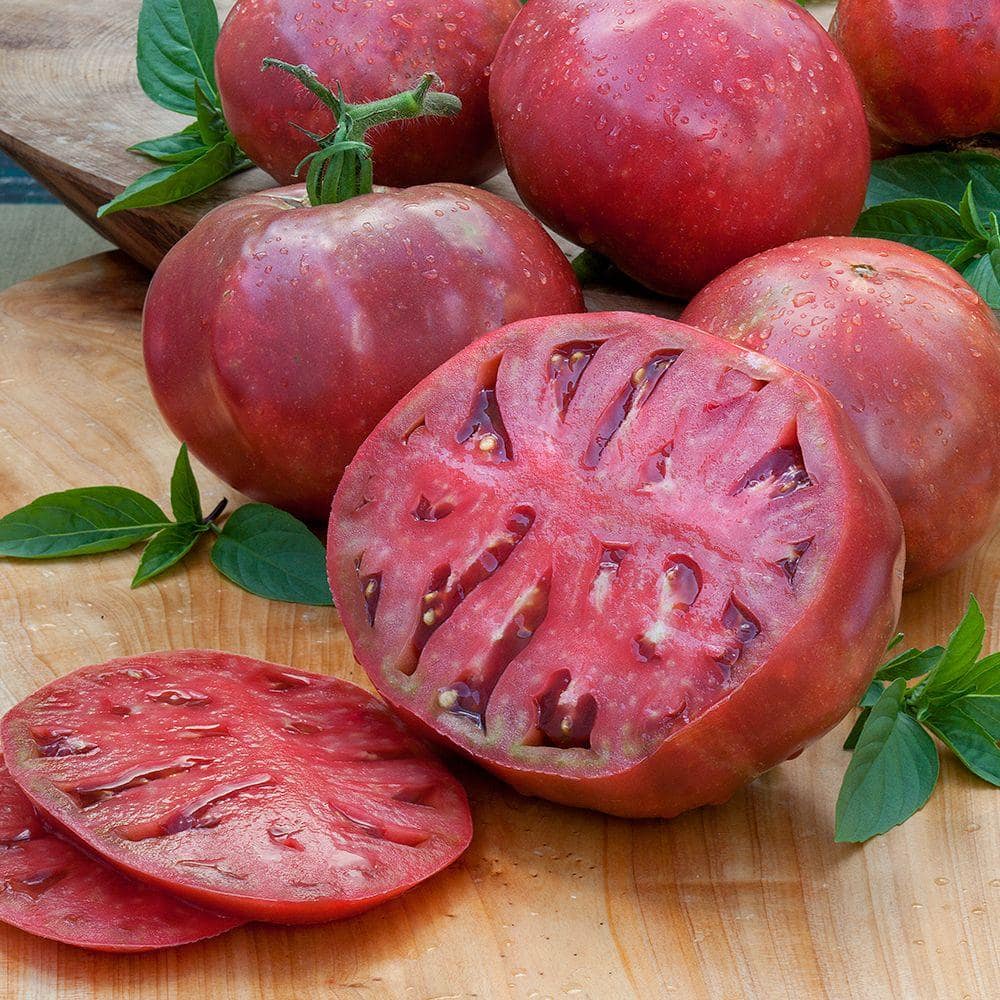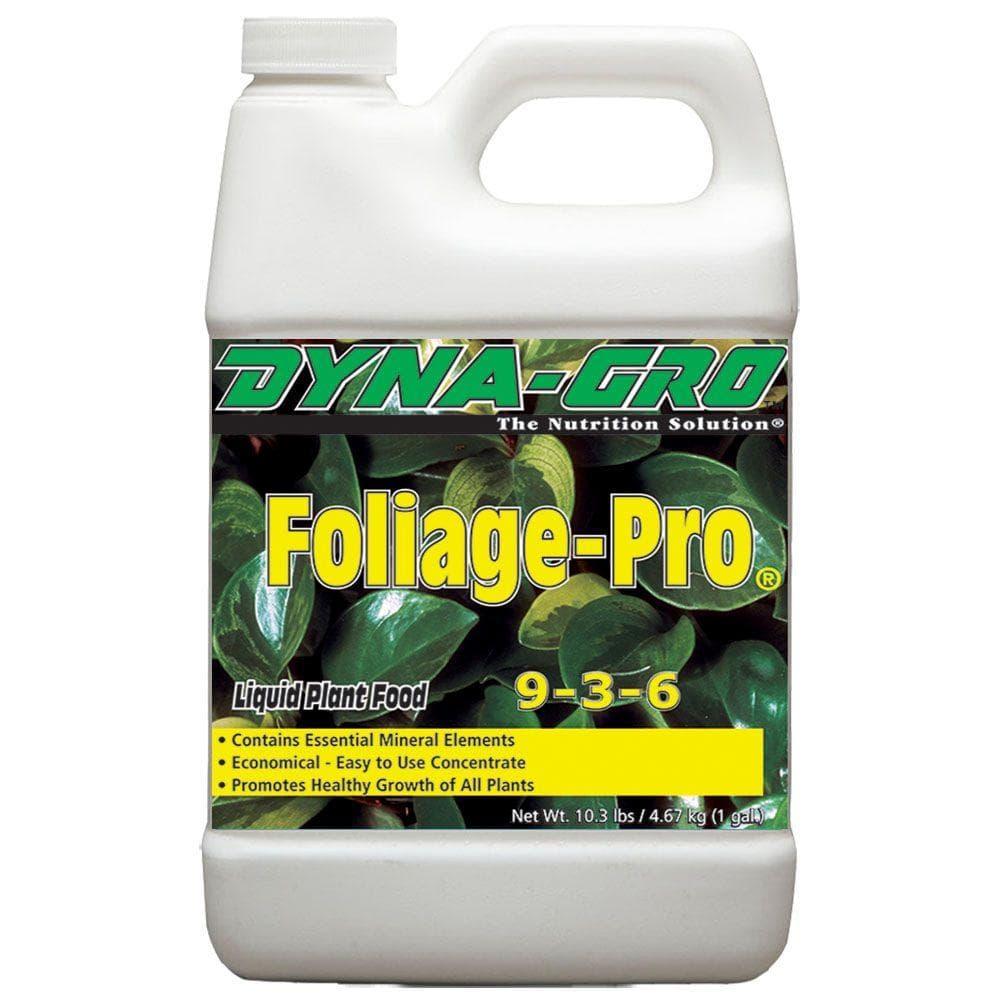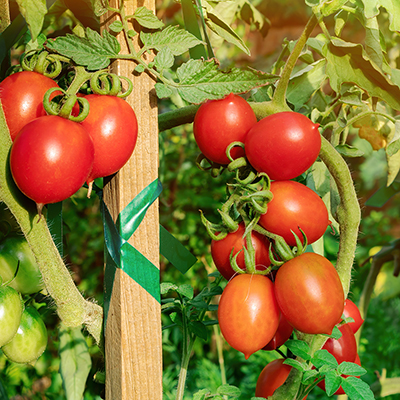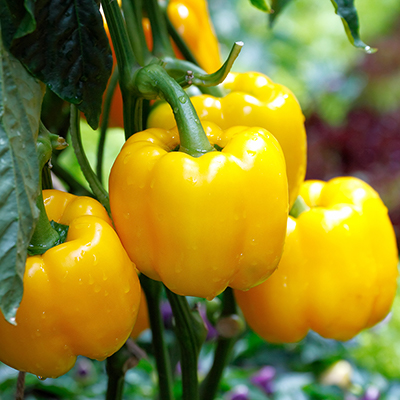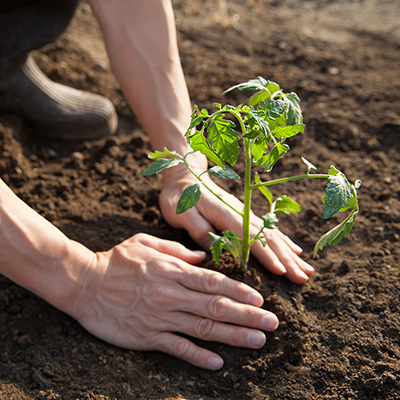How to Care for Peppers and Tomatoes
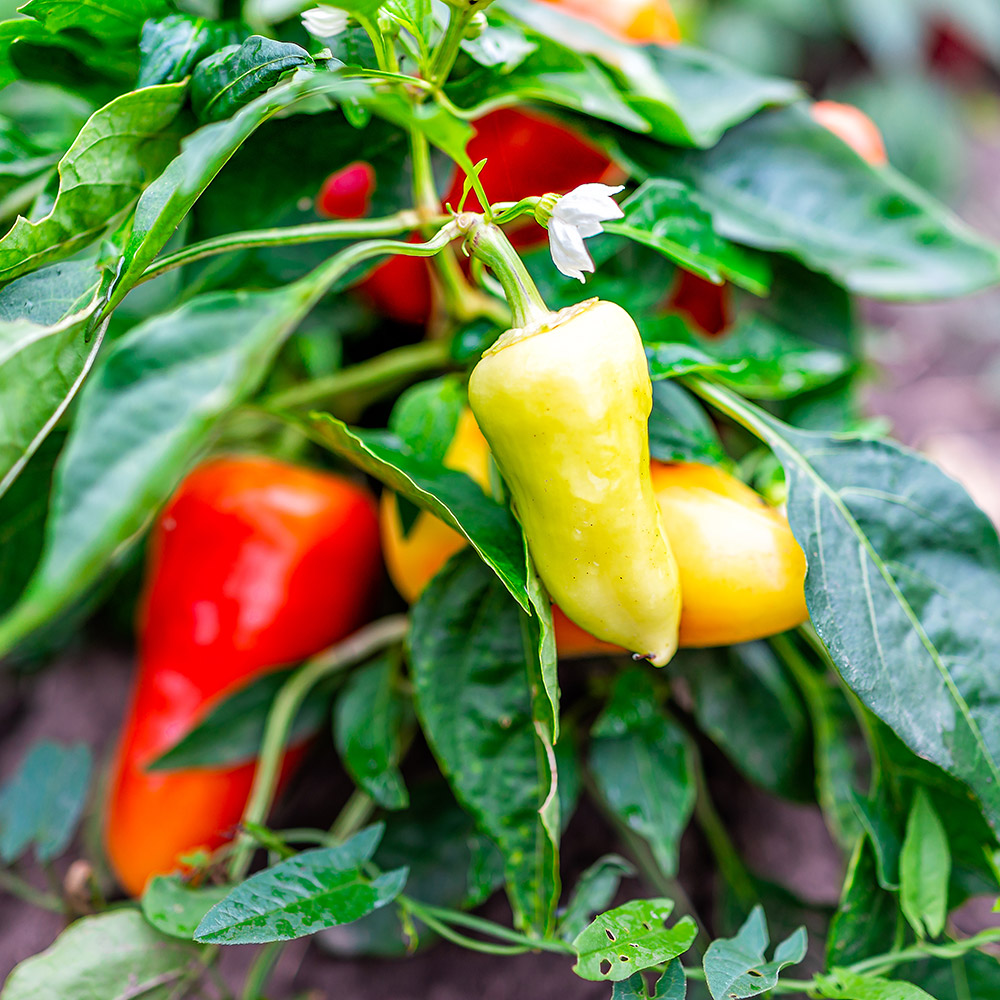
Last updated September 7, 2023
As you ease into the lazy days of summer, keep an eye on the tomatoes and peppers in your garden. Regular watering, fertilizing and attention to pests and diseases will pay off with tasty homegrown fruit. This guide will show you how to care for peppers and tomatoes.
Table of Contents
Take a Shortcut to Growth
Keep an Eye on the Garden
Watch Out for End Rot
Water Often
Stake When Needed
Support Air Flow
Take a Shortcut to Growth
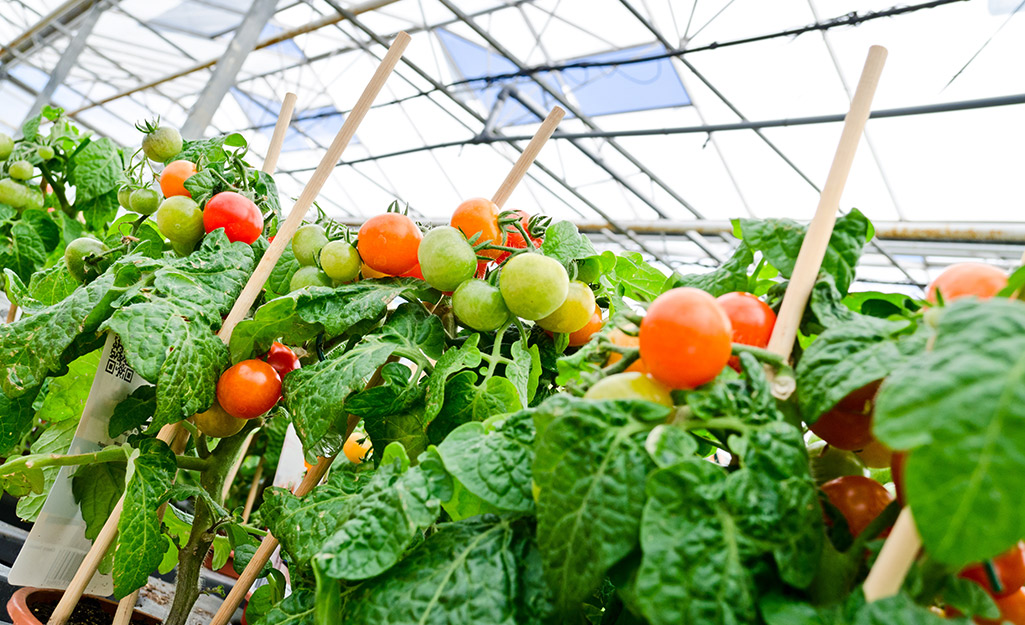
Have you been too busy to set out tomatoes and peppers this year? No problem. You can find mature vegetables in containers. These pots have everything you need: plants, potting soil and a cage to support growth.
When you get the plants home, put the tomato and pepper plants in a spot that gets six to eight hours of sunlight each day, and make sure to water them regularly. Even better, set up drip irrigation. It’s easy when you start with an irrigation kit.
Keep an Eye on the Garden
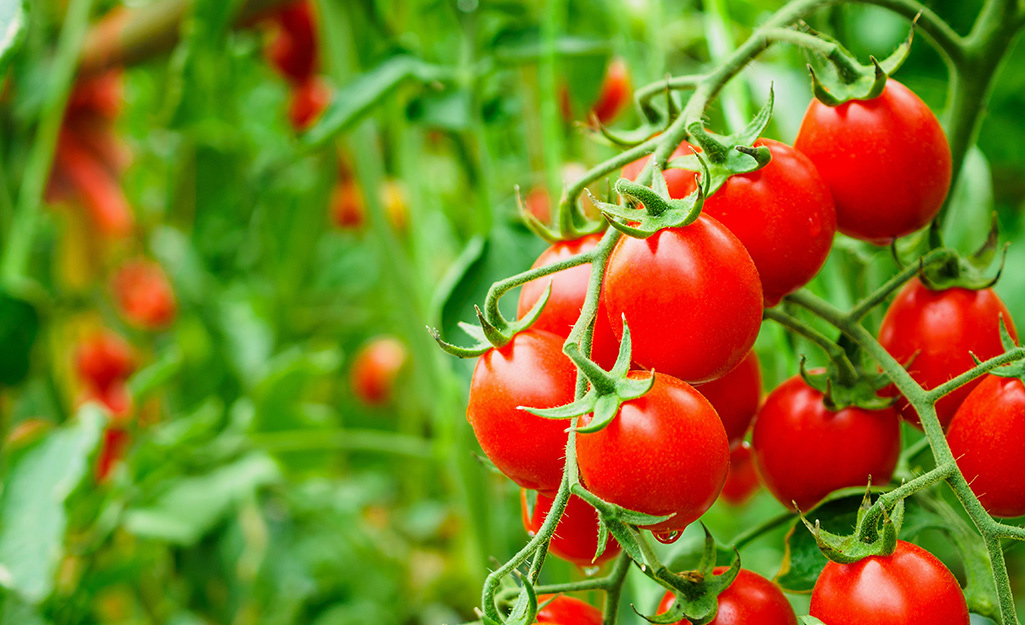
Make it a habit to scout your garden daily. As you walk through the beds or around containers, check progress and look for signs of pests and diseases.
Remembering how your plants looked the day before can be difficult, so snap photos with your phone. Over time, you’ll see how your garden grows.
Watch Out for End Rot
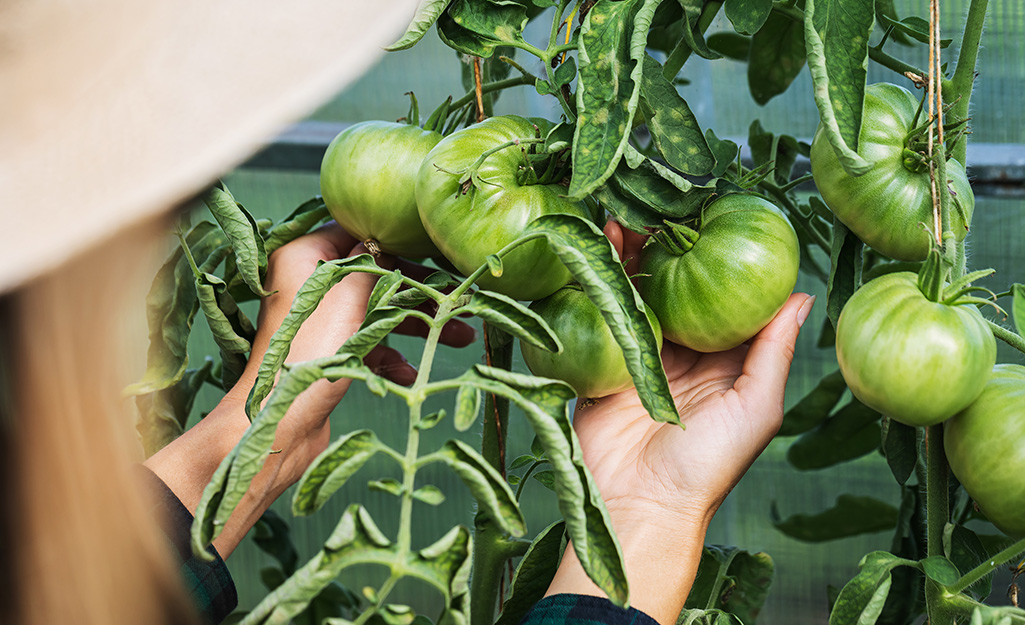
Blossom end rot is a common problem for tomatoes and pepper plants. It usually shows up as soft, sunken, water-soaked spots on the bottoms of tomatoes or peppers and may also give vegetables a moldy look.
This happens when developing fruit doesn't get enough calcium. Because most soils provide sufficient calcium, you'll find that regular watering when the fruit is forming will help eliminate blossom end rot. Drip irrigation systems can also help by consistently giving plants calcium through water.
To address blossom end rot if it does occur, fertilize with an organic product designed for tomatoes or peppers.
Water Often
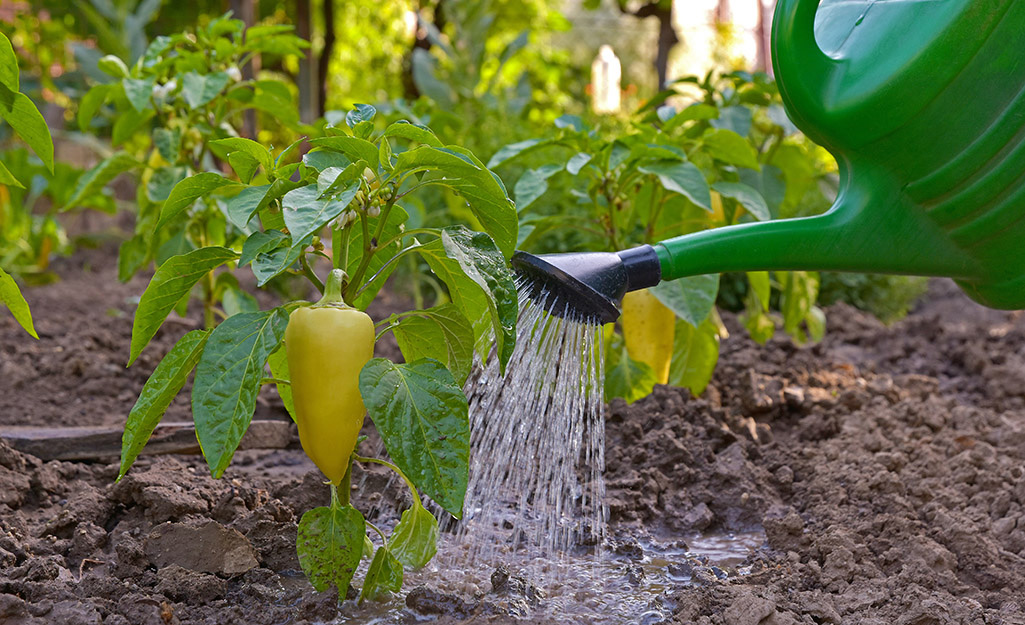
Peppers and tomatoes need lots of water to endure the summer heat. Aim for 2 to 3 inches per week for vegetables planted in the ground.
In easy-to-access spots, a watering can will get the job done. However, many garden layouts make it difficult to get to every plant. To solve this problem, snake a soaker hose through the garden and heap mulch on top. For more efficient watering, hook up a hose timer to the spigot to control the flow.
Stake When Needed
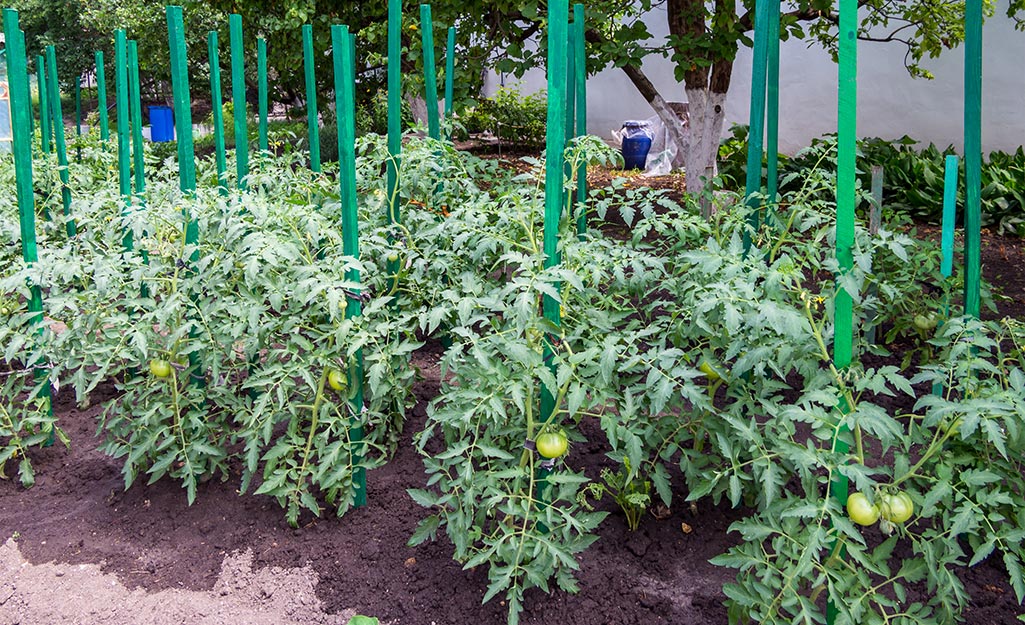
With proper care, tomatoes and peppers continue to grow throughout the season. As they get bigger and heavier, the plants will droop and fruit may touch the ground. Contact with the soil can increase the chances of rot, so stake tomatoes and peppers when you see them bending.
Choose stakes recommended for the type of plant that needs support. Position the stake about 5 inches from the plant and drive it at least 1 foot into the ground. Tie the stakes to the vine every 6 inches. Place a stake on either side of the plant for large tomatoes like heirlooms.
Support Air Flow
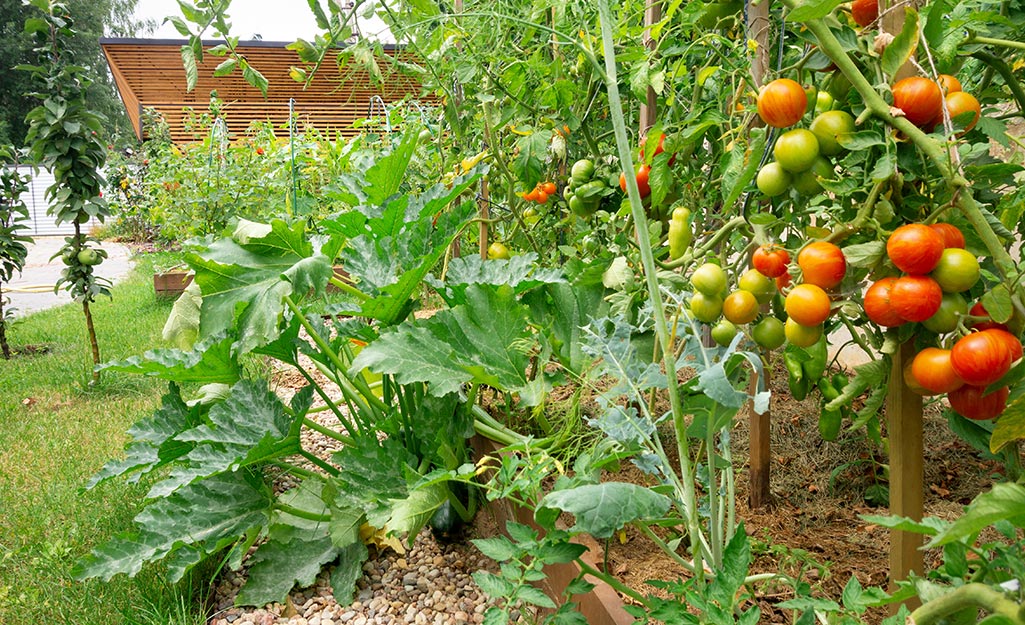
Peppers and tomatoes need air to grow and produce fruit. To boost airflow, try suckering your plants. Remove the small leaves and stems to expose more of the plant to the air. This approach also reduces disease risk. Use your fingers to pinch off the suckers or use pruning snips for a cleaner cut.
Tomatoes also benefit when you remove leaves from the bottom of the plant. Aim to have 18 inches of open space from the base of the plant to the ground. As an added benefit, leaf removal may eliminate soil-borne diseases that can splash onto lower leaves.
Control Aphids

Aphids can be a concern for peppers and tomatoes. If you have a severe infestation, leaves may turn yellow, twist and curl. Stunted and dead shoots and poor overall growth are other signs of aphids.
Reduce the risk of aphids with the right steps. Many weeds provide homes for aphids, so remove any from your beds. Silver-colored reflective mulches and herbs like cilantro and chives help keep pests away.
When aphid damage becomes severe, apply an insecticidal soap and oil. Neem oil works well against aphids. Follow the directions on the package when you prepare and use the insecticide.
Provide Shade When Needed
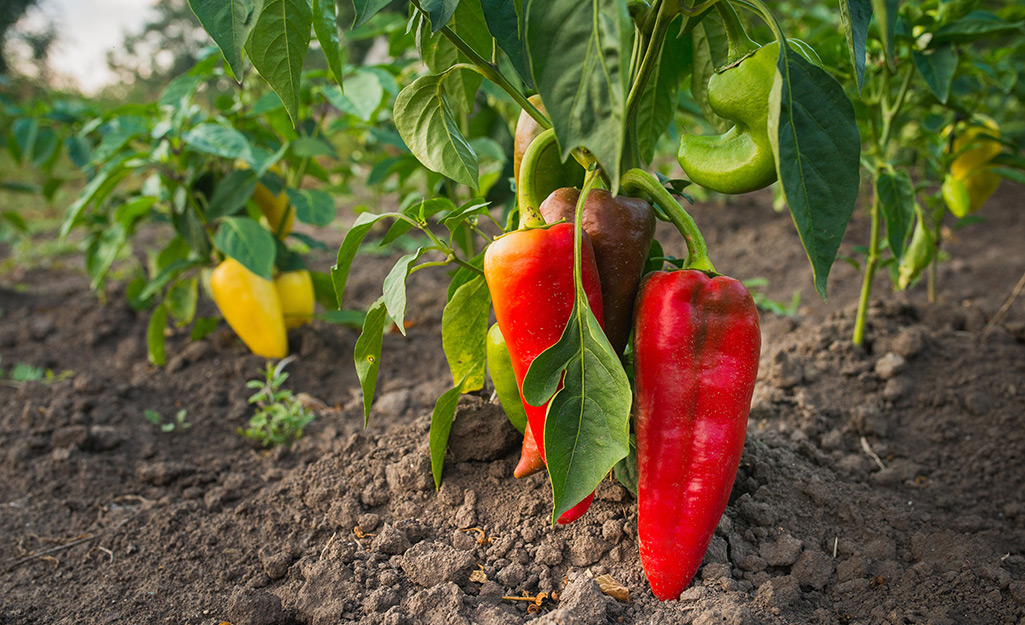
When tomatoes and peppers have trouble setting fruit, heat may be to blame. Tomatoes struggle at daytime temperatures above 85 degrees Fahrenheit and nighttime temperatures greater than 75 degrees Fahrenheit.
Peppers are similar. Hot peppers such as jalapeños have more heat tolerance than other varieties, but bell peppers may drop flowers during the hottest days of July.
Use row cover planter accessories to give your plants a break from the hot sun. Attach them to the stakes on your pepper or tomato plants with clothespins. Put the covers on during the hottest part of the day.
Tip: Watch for dry, pale patches called sunscalds. Row covers can protect against this sun-related damage.
Feed Plants Regularly
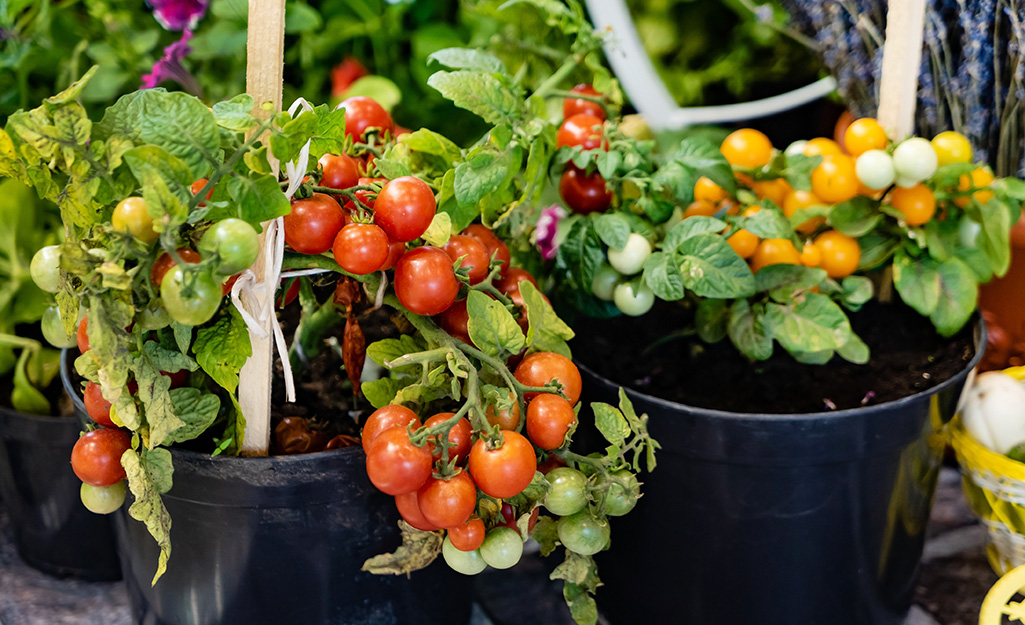
Peppers and tomatoes need potassium, nitrogen, calcium and phosphorous. Test your soil to see what nutrients it needs. Use a chemical test kit for best results.
Once you know what your soil needs, look for fertilizers that match. Apply when you first plant your tomatoes or peppers and repeat once the plants grow fruit. Continue to feed them once every one to two weeks until about one month before the first frost in fall.
Tip: Side dress your tomatoes and peppers with rich compost mid-season. It's a simple, organic way to keep plants healthy.
Know When to Harvest

The rich color that signifies a ripe tomato comes from warmth, not light. When temperatures are cool, go ahead and pick red-orange fruit and bring it inside to ripen. Instead of putting tomatoes on a window sill indoors, place them in a loosely closed paper bag.
Peppers look great as they change from green to yellow to red. Generally, the redder the pepper, the hotter it is. Picking peppers encourages more growth in the plant. Unlike tomatoes, it’s best to store fresh-picked peppers in the refrigerator.
Tip: Although you can pull peppers or tomatoes off the vine, pruners or snips can simplify the process.
Take proper care of your plants during the season to have savory tomatoes and sweet peppers to harvest. Water, feeding and stakes can help keep plants healthy. Regular garden checks will allow you to spot problems and treat them quickly.
Find everything you need to care for your garden, from soil to garden tools, at The Home Depot. Use The Home Depot Mobile App to locate products and check inventory. We’ll take you to the exact aisle and bay.




